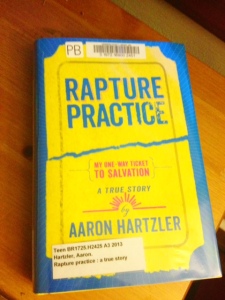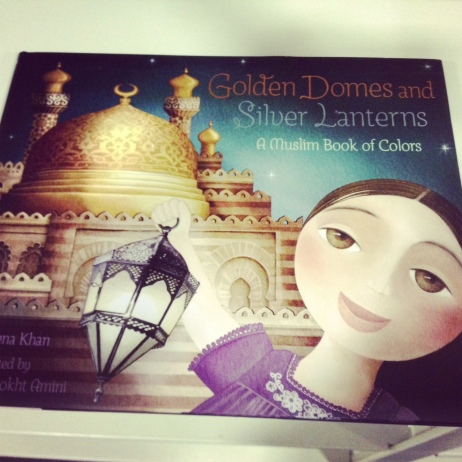 I’m not sure what I expected when I started reading Judy Brown‘s memoir, This is Not a Love Story. Probably an expose on the level of her novel, Hush, which was about sexual abuse in the ultra-orthodox Jewish community. Certainly I figured it would be some kind of tell-all since Brown has now left the ultra-orthodox community. What I found in the book was not either of those things.
I’m not sure what I expected when I started reading Judy Brown‘s memoir, This is Not a Love Story. Probably an expose on the level of her novel, Hush, which was about sexual abuse in the ultra-orthodox Jewish community. Certainly I figured it would be some kind of tell-all since Brown has now left the ultra-orthodox community. What I found in the book was not either of those things.
It was a family story. A sibling story. An autism story. It was perhaps a love story after all, even if the title claims otherwise. It certainly explores the love between mother and child as seen through the eyes of eight-year-old Judy. Her mother refused to send Nachum away, no matter how difficult he was. Even if that’s what ultra-Orthodox families usually did with special needs children. She would not give up on one of her children.
The ultra-Orthodox community is always in the background of Brown’s story with Nachum’s autism diagnosis taking the leading role. Young Judy worries that her brother’s issues will ruin her marriage prospects. She makes deals with God to make her brother normal. The background details might be different for her, but the story is one that many families can relate to. She said in an interview with Salon:
“When it came to autism, there were superstitions and things that God knows how many other mothers had to deal with. There are universal things that just go through it. What may be surprising to readers is to see so much of what they empathize with, the parts [in which] you can see a little bit of a reflection of yourself. You don’t expect that in this weird place. That’s the way it is.”
I think that’s the strength of the book. It brings you into the ultra-Orthodox world so completely that you stop thinking about the religious details, and you see the real story, the real people who live that life. For whom that life is normal. The empathy you feel for each person in this book may surprise you, and that’s exactly why I am recommending this book to you.
I look forward to what Judy Brown writes next, no matter what it is about. I have a feeling she can make it real.
Read excerpts of This is Not a Love Story here and here.
You can also read more about Judy Brown’s experiences inside and outside the ultra-Orthodox world in this series of essays for the Forward.















